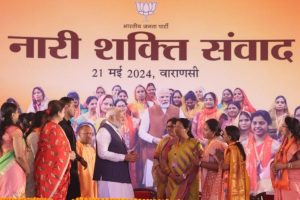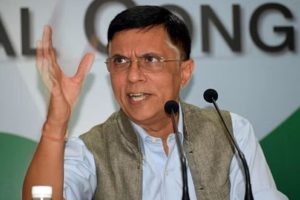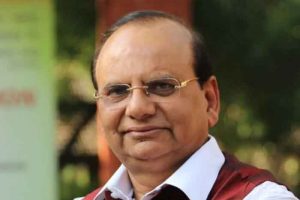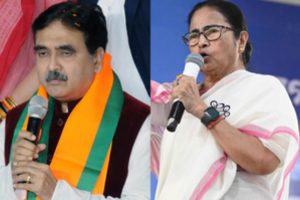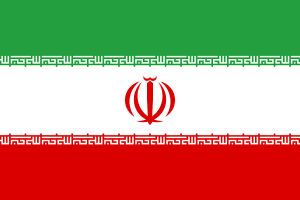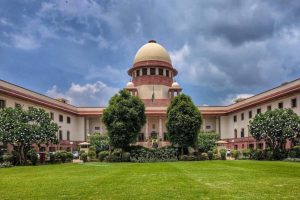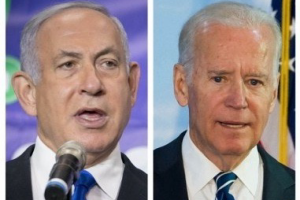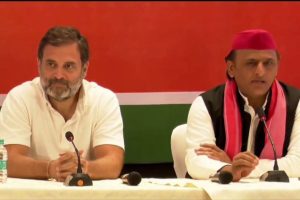It is important the Press Council of India, a body created by an Act of Parliament, has noted that coverage of the death of a film actor by many media outlets egregiously breaches its Norms of Professional Conduct.
The Council has drawn attention to several breaches which include narrating a one-sided story, relying on gossip, giving excessive publicity to the victim, suspects and witnesses, conducting a parallel trial and seeking to sensationalise reports.
The Council’s Norms state quite explicitly, “An accused is entitled to the privilege of presumption of being innocent till guilt is pronounced by the Court”, and it must fairly be admitted that coverage in several media outlets flagrantly violates this fundamental principle of jurisprudence.
But the Council will be the first to admit that many of the offences it lays at the door of the “media” are committed most brazenly by one section of it ~ television. And the Council’s remit does not extend to television.
The television industry decided in 2011 to forestall any statutory interventions by setting up a self-regulatory mechanism called the Broadcasting Contents Complaints Council. The Council is headed by a retired judge of the Supreme Court (as the Press Council is) and comprises members drawn from television and civil society. On paper, a self-regulatory mechanism may seem better than one imposed from above; again, on paper, the confluence of interests that make up the membership of the PCI may appear to have a more diffused focus than those who form part of the structure created by the television industry, which has, besides the chairperson, 12 members, including four broadcasters, four non-broadcasters and four members of statutory commissions.
The guidelines evolved by the television industry appear to be comprehensive and debar, inter alia, showing details of the act of suicide or selfharm; defaming of religions or communities or being contemptuous of religious groups or promoting communal attitudes or being likely to incite religious strife or communal or caste violence; inciting disharmony, animosity, conflict, hatred or ill will between different religious, racial, linguistic groups, castes or communities, and adversely affecting the judicial processes of the country.
Yet viewers of many television channels ~ in English and in Indian languages ~ will know that many of these guidelines are violated regularly, and in brazen disregard of even common courtesies. But in an innocently worded catch-all phrase, the Guidelines absolve broadcasters of even blatant excesses when they say “Content by its very nature is an evolving, creative medium that is subjective in nature and the guidelines can therefore not be frozen in time,” which is expanded to say that a review would be based on “evolving social mores”.
This would mean that if viewers do not complain about boorish presenters who try to bulldoze an investigation; or abuse religious groups or indulge in any of the practises that the Press Council finds offensive, such conduct is acceptable. Therein lies the rub.


